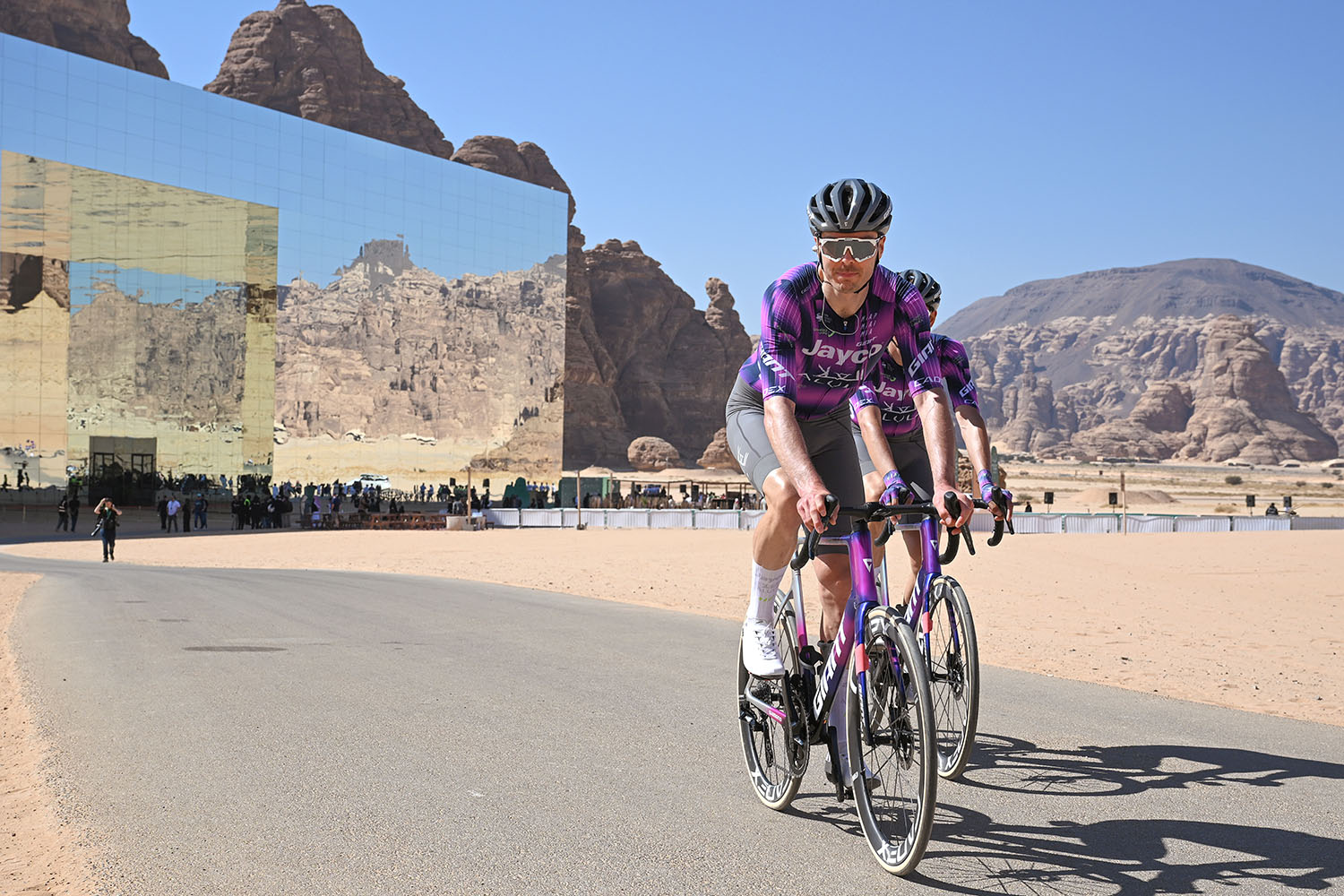Marc Madiot blog: The cyclist is the centre of our world
FDJ team manager calls for stricter rules on motos, commissaires, radios
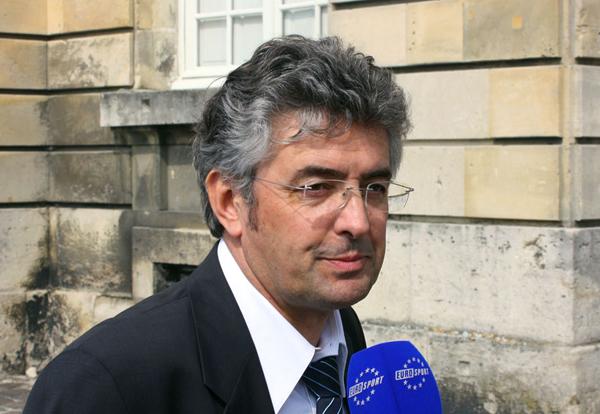
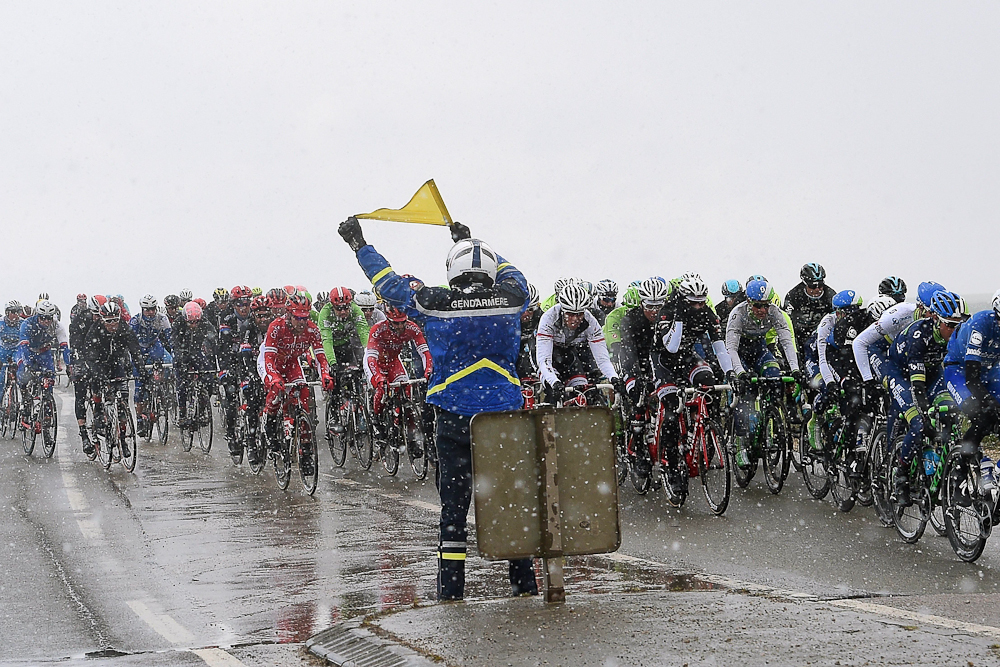
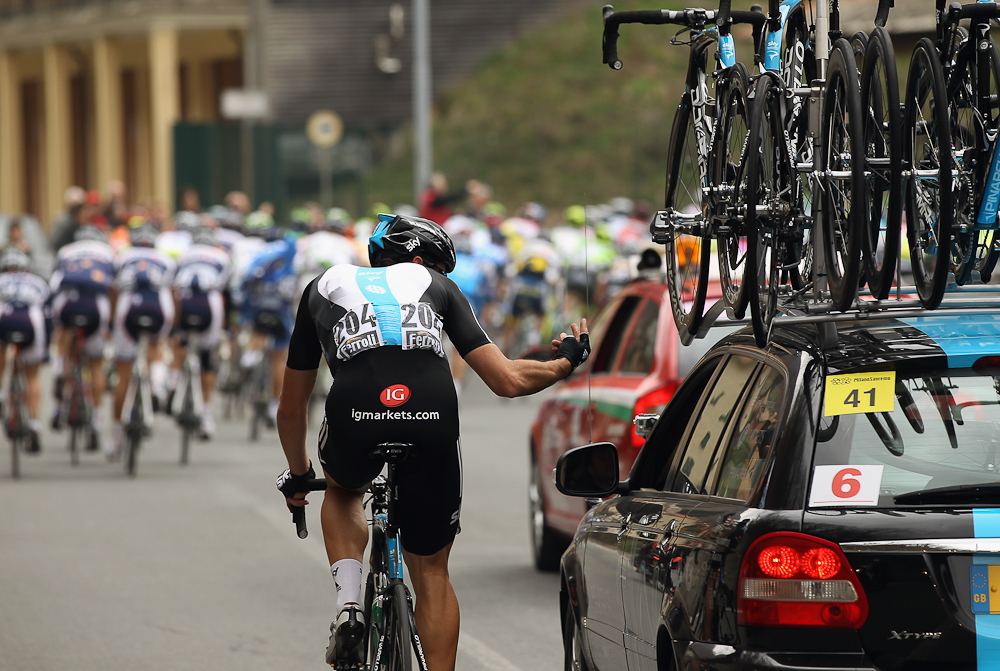
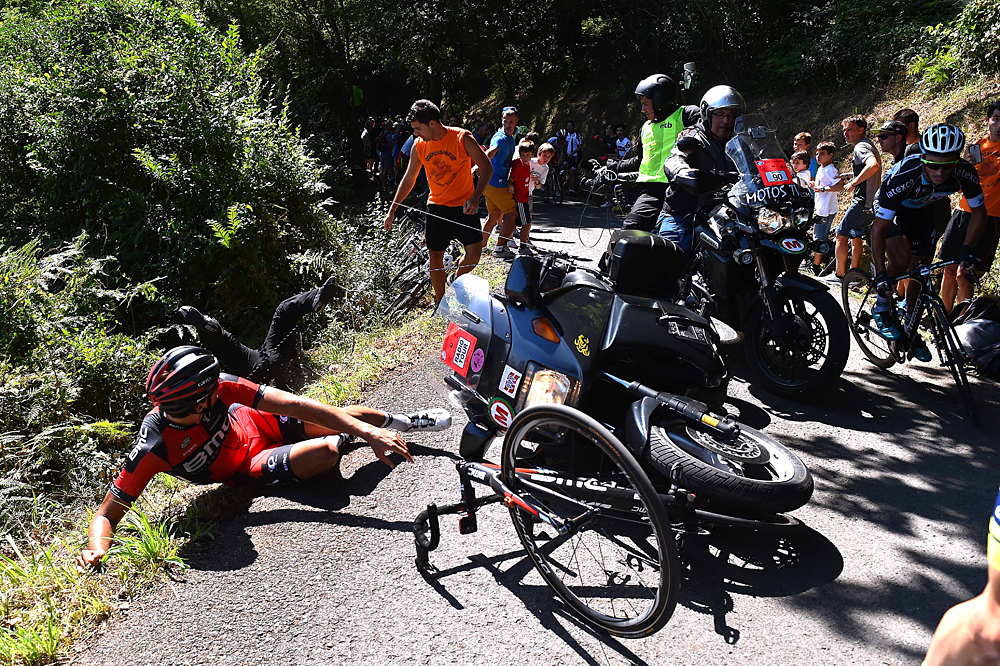
Cycling is marred by tragedies these days. There are more deaths in our sport than in Formula 1! To go and take part in a bike race in the morning and to be dead in the evening is just not acceptable.
Our community has to improve riders' safety but ahead of any consideration, I'd like to remind what a bike race is about: 1. It's a route. 2. It's contested by athletes on bicycles. 3. It's a mechanical sport that also involves cars and motorbikes. 4. It's played according to the rules set by the governing body – and that can be changed when necessary.
Our playground is the public highway. It's a changing environment, not necessarily for the good of bike races. Clearly, roundabouts, central reservations, speed humps, narrowing of the roads, white paints… all elements that have recently been built for road safety make bike racing more dangerous than when I was competing myself (1975-1994). It has to be taken into account.
Are we sure that recent evolutions of bicycles improve riders' safety? I question the weight of the bikes and the building materials: 6.8kg – the current minimum by regulations – including the navigation system and the onboard camera, it's excessively light. Very often, after a crash, we see frames broken into pieces and team mechanics rushing to hide them from TV cameras. New technologies also distract riders the same way that mobile phones perturb car drivers and lead rulers to ban them. Should the radio communication be maintained in the peloton, I'd like it to be limited to the same messages for every rider: warning of dangers, composition of breakaway groups, time gaps.
Now the vehicles, all of them. Are the motorbikes suitable for a coexistence with cyclists? When I see some of them that are as powerful as 1200cc, as heavy as 350kg or as wide as two third of a car, obviously they're source of a danger. No 4x4 or SUV should be allowed in the bubble in between the riders as it used to be the case, neither should advertisement sign boards be positioned on the roof of the official's cars. Tinted windows should be banned as well so riders coming across to the peloton could see better what's ahead.
I might not make friends with blaming commissaires but something can be improved there. I'm not saying they have to become professionals like in other sports but at least they should know the route before they go to a race. Too often they make a barrage when they shouldn't or they let cars go through before a narrow section. They have to study the course as much as cycling teams do.
Not only former cyclists can become commissaires but we see the difference in understanding the race between those who have raced before and those who haven't. Same goes to motorcyclists. Former cyclists usually anticipate the riders' trajectory because they know what's going to happen. As much as possible, we need former cyclists in diverse capacities such as driving. In any case, we need qualified and experienced people for all jobs around the riders.
The latest race content, interviews, features, reviews and expert buying guides, direct to your inbox!
I also call for organizers to not always make spectacular finales their priority. In recent years, it's been an onward rush for tricky courses. I only tell them: "be careful". 200 riders in a race is the maximum but it doesn't mean so many athletes are needed for making the event a success.
Having fewer contenders can reduce the danger… and make the racing more interesting at the same time. At least we should try to get semi classics contested by teams of six riders instead of eight and Grand Tours by teams of seven or eight instead of nine.
We should never forget that the cyclist is the centre of our world.
The irrepressible FDJ team manager Marc Madiot brings his unrestrained opinions and insights to Cyclingnews, giving our English-speaking readers a glimpse inside the culture of the French team, and French cycling.
